Visit Faroe Islands
Welcome to the Faroe Islands Travel Guide. The Faroe Islands, located in the North Atlantic, are known for their stunning natural beauty. These 18 islands boast impressive cliffs and waterfalls, creating a captivating landscape.
One unique fact about the Faroe Islands is that there are more sheep than humans, showcasing the rugged, untouched environment. Nature plays a dominant role, shaping rugged coastlines and deep fjords.
Come with us as we explore the wonders of this remote paradise through our Faroe Islands Travel Guide. It’s a place where nature’s wonders and warm hospitality combine to offer a truly memorable experience.
Getting to Know the Faroe Islands
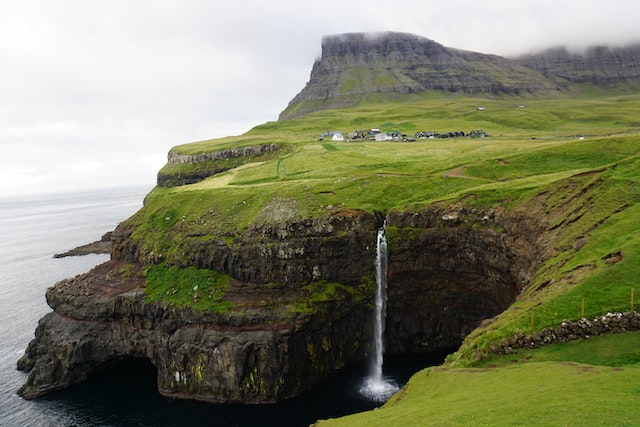
The Faroe Islands, a cluster of 18 enchanting isles, are nestled in the heart of the North Atlantic. These rugged beauties are situated between Norway and Iceland, surrounded by the boundless expanse of the ocean.
Regarding climate, the Faroe Islands boast a maritime temperate weather pattern. Winters are mild, with temperatures hovering around freezing, while summers remain cool, with highs rarely exceeding 15°C (59°F). It’s worth noting that these islands are known for their unpredictable weather, with sudden changes that can occur in the blink of an eye.
For those seeking the best time to visit, the summer months, particularly June to August, offer the most favorable conditions. During this period, the days stretch their arms, basking the islands in extended daylight. This is the prime time for hiking, birdwatching, and exploring the lush landscapes.
Culturally and historically, the Faroe Islands hold a rich tapestry of Viking heritage. With a language steeped in Old Norse, their traditions and way of life echo an ancient past. From the turf-roofed homes to the age-old fishing practices, every facet of life here breathes history.
Planning Your Trip
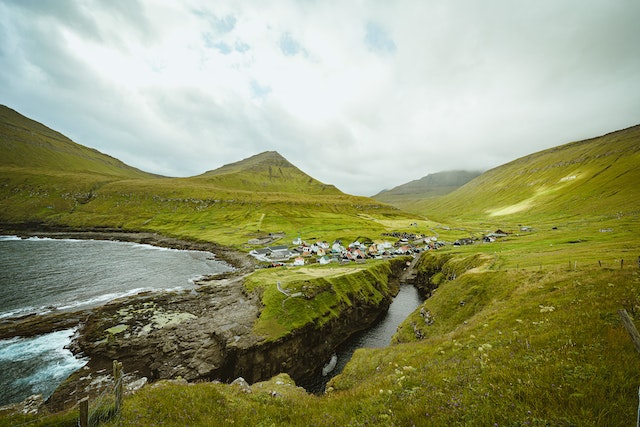
When preparing for your Faroe Islands trip, keeping a few key aspects in mind is essential.
Firstly, check the visa requirements and entry procedures. Fortunately, for many travelers, no visa is needed for short stays. However, always verify the latest entry regulations to ensure a smooth start to your journey.
Understanding the currency and budgeting is paramount. The official currency is the Faroese króna (DKK), so having some local money on hand is wise. While credit cards are widely accepted, especially in urban areas, cash might be more convenient in a few places.
Regarding transportation within the islands, a rental car offers the most flexibility for exploration. Public transportation is reliable and covers significant routes, making it a practical choice for budget-conscious travelers. Car ferries are also available to hop between islands, granting access to even more remote islands. Remember to check the ferry schedule and book in advance during peak seasons.
Must-See Attractions
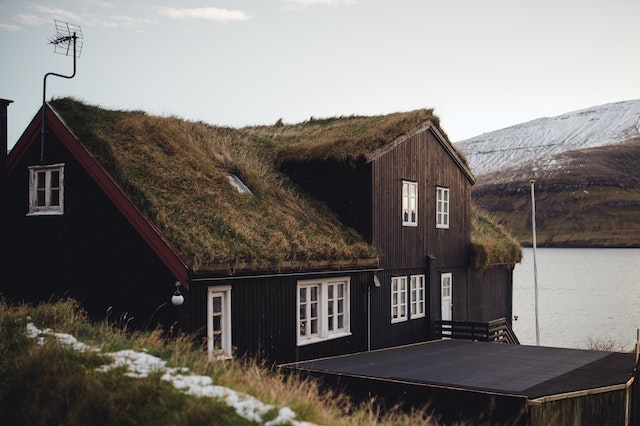
Tórshavn
Tórshavn is the capital city of the Faroe Islands. The city has a city center known as the “Tinganes” district. This area is characterized by its charming, narrow streets and historic buildings. It’s one of the oldest parliamentary meeting places in the world, dating back over a thousand years. The Tinganes district is not only a political hub but also a cultural and architectural landmark in the Faroe Islands.
As the sun sets, Tórshavn comes alive. The city’s nightlife scene weaves together snug pubs and bustling venues in a dynamic tapestry. Both locals and travelers converge in a symphony of music and laughter.
And then, there’s the cuisine. Tórshavn’s restaurants promise a culinary journey, unveiling the very essence of Faroese flavors. Each bite narrates a story of the island’s rich gastronomic heritage, from succulent seafood to hearty lamb dishes.
The Breathtaking Landscapes
Sørvágsvatn Lake is an incredible natural sight. Perched high above the ocean, it appears as if the water spills off the cliffs, creating an illusion that challenges the very fabric of reality.
Gásadalur is a village surrounded by hills, known for its beautiful waterfall. It flows gracefully into the sea, showcasing the wild beauty of the Faroe Islands. The atmosphere is filled with wonder as if nature is presenting a spectacle.
Then there’s Mykines Island, a sanctuary for bird enthusiasts. Here, the sky is alive with the graceful dance of thousands of seabirds. Puffins, guillemots, and gannets fill the air with their calls.
Vestmanna Sea Cliffs and Boat Trips
The Vestmanna Sea Cliffs are impressive formations that rise dramatically from the ocean, shaped by powerful natural forces. When you stand at their base, you’ll feel the enormity of nature’s creation. These cliffs are a lively habitat for many seabirds, and their calls resonate off the rock walls.
For a thorough experience, consider a guided boat tour. Local experts provide insights into the wildlife and geology, giving you a clear picture of this extraordinary landscape. The boat’s gentle rocking adds an extra dimension to the experience, making you feel like a part of the natural surroundings. Don’t forget your camera – the photo opportunities here are exceptional.
Outdoor Adventures
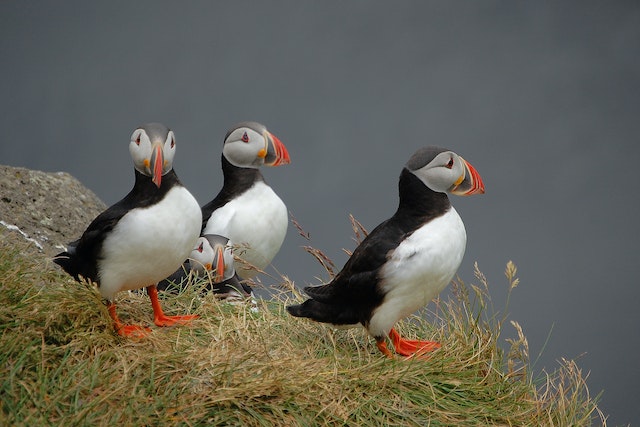
Hiking Trails for All Levels
The Faroe Islands cater to hikers of every level, ensuring everyone can revel in the island’s natural beauty. If you’re just starting out, opt for the easy coastal paths. These offer stunning views without demanding too much endurance. For those seeking a moderate challenge, hiking trails with modest elevation gains provide a satisfying trek. Meanwhile, seasoned hikers can take on the demanding mountain routes that promise breathtaking panoramas.
Remember, whether you’re strolling along a coastal path or conquering a mountain, having the right gear is crucial. Hiking boots are a must, along with ample water and clothing suitable for the unpredictable Faroese weather. Additionally, let someone know your planned route and carry a basic first-aid kit for added safety.
Birdwatching in the Faroe Islands
For birdwatching enthusiasts, the Faroe Islands are a true paradise. The cliffs and coastal areas provide a natural habitat for various avian species. Puffins and gannets, with their distinctive appearances, are among the highlights. One particularly renowned spot is Mykines, where you can witness these captivating creatures in their element.
When planning your birdwatching expedition, consider the season. Spring and summer welcome nesting seabirds, while autumn brings migratory species passing through. Binoculars and a reliable bird guidebook are invaluable tools to enhance your birdwatching experience, allowing you to identify and appreciate the diverse birdlife of the islands.
Eysturoy, Vagar, and Streymoy Islands
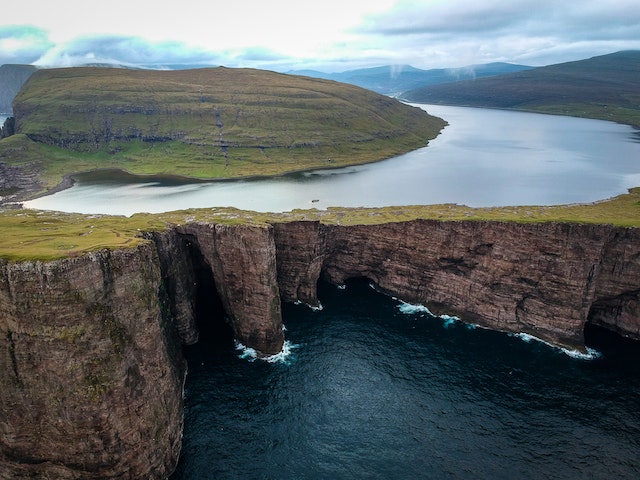
Eysturoy Island
As mentioned earlier, the Faroe Islands consist of 18 islands. In this part of our Faroe Islands Travel Guide, we will dive into some islands.
Eysturoy, one of the largest and most populous islands in the Faroe Islands, offers visitors a diverse range of experiences. Connected to Streymoy by the Eysturoy Tunnel, this island boasts a rich tapestry of natural wonders. From the northern coast’s rugged cliffs to the east’s serene fjords, Eysturoy is a paradise for nature enthusiasts.
The charming town of Klaksvík, located on the northern tip of Eysturoy, is a hub of cultural and economic activity. Here, you’ll find local markets, historic sites, and a vibrant atmosphere that provides a glimpse into Faroese life.
Vagar Island
Vagar, home to the Faroe Islands’ only airport, is often travelers’ first entry point. The island is a testament to the raw, untamed beauty of the Faroes. The village of Gásadalur, nestled amidst lush hills, is a must-visit. Its iconic waterfall cascades dramatically into the sea, creating a scene of breathtaking natural beauty.
Streymoy Island
Streymoy, the largest and most populous of the Faroe Islands, is a treasure trove of experiences. It is the island where the previously mentioned capital city, Tórshavn, and the stunning Sørvágsvatn Lake are situated. Located on Streymoy Island, Saksun is a small village surrounded by dramatic landscapes. It’s a great spot for stargazing and potentially catching a glimpse of the Northern Lights. In addition to its natural wonders, Streymoy also boasts a vibrant cultural scene. Visitors can immerse themselves in the local way of life by exploring museums, art galleries, and attending traditional events and festivals.
Faroese Culture
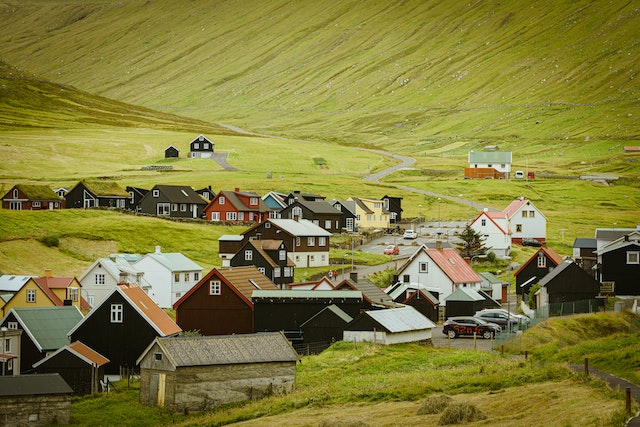
Language and Communication
The Faroese language is at the heart of local culture. While many Faroese people speak English, learning a few basic phrases in Faroese can go a long way. Simple greetings and expressions of gratitude are appreciated by the locals.
Traditional Music and Dance
Traditional music holds a special place in Faroese culture. Folk songs, often accompanied by instruments like the fiddle and accordion, resonate with the island’s history. If you get the chance, attend a local gathering where you might witness traditional dance as well.
Local Festivals and Events
Participating in local festivals provides a unique window into Faroese culture. Events like Ólavsøka and Summarfestivalurin offer a taste of traditional music, food, and dance. These celebrations are an excellent opportunity to connect with the community and experience the vibrancy of Faroese culture.
Culinary Delights
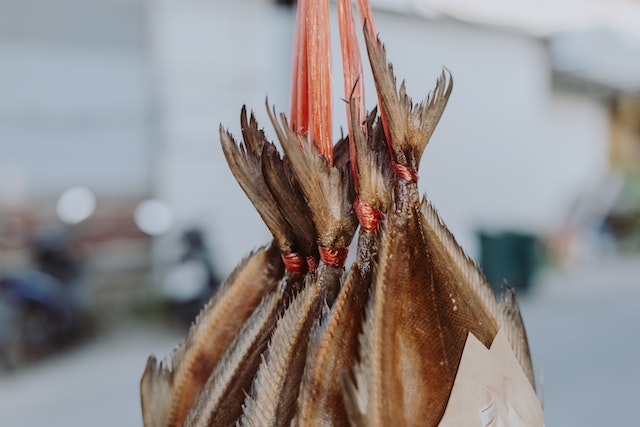
Traditional Faroese Dishes
Exploring Faroese cuisine is a delightful adventure. Traditional dishes like ‘skerpikjøt’ (dried mutton) and ‘ræst kjøt’ (fermented lamb) offer a taste of the island’s rich culinary heritage. Don’t miss out on ‘røkt fiskur’ (smoked fish) for a unique and flavorful experience.
Seafood Specialties
Given the islands’ coastal location, seafood is a staple of Faroese cuisine. Freshly caught fish like salmon and cod take center stage in many dishes. ‘Brimmings’ (salted and dried fish) and ‘grind og spik’ (whale blubber and meat) are also local delicacies worth trying.
Where to Find Authentic Faroese Cuisine
For an authentic culinary experience, head to local restaurants and guesthouses. Tórshavn, the capital, offers a variety of dining options. Explore smaller villages, where you’ll find charming eateries serving up traditional fare. Don’t hesitate to ask locals for their recommendations – they’re usually more than happy to share their favorite spots.
Responsible Travel and Sustainability
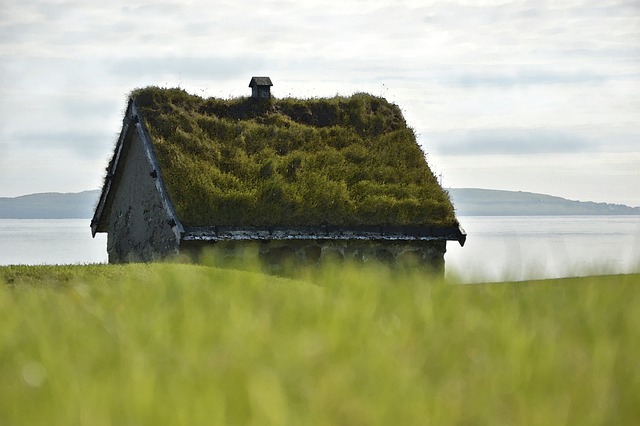
Eco-friendly practices and initiatives
The Faroe Islands are committed to sustainability. Many accommodations and businesses implement eco-friendly practices. Look for accommodations with green certifications, and consider using public transport or carpooling to reduce your carbon footprint.
Respectful interactions with wildlife and nature
Maintaining a respectful distance from wildlife and nesting birds when exploring the islands. Avoid disrupting their natural behavior and habitats. Stick to designated paths to minimize your impact on the fragile ecosystem.
Tips for reducing your environmental impact during your visit
Simple steps can go a long way. Reduce waste by using reusable water bottles and bags. Opt for eco-friendly products and dispose of litter responsibly. Support local businesses and artisans who prioritize sustainability. Every small effort contributes to preserving the natural beauty of the Faroe Islands for generations to come.
Safety and Practical Tips
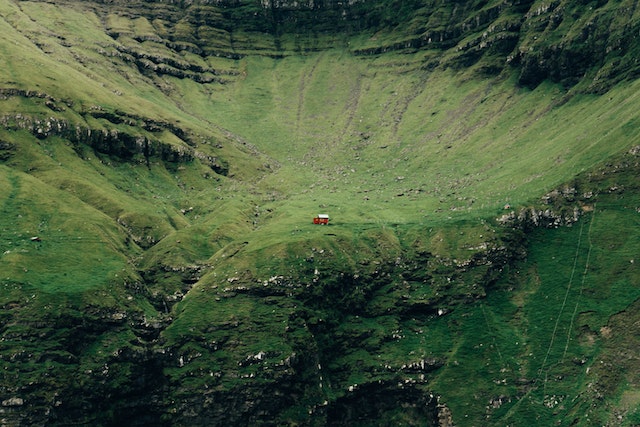
Emergency contacts and medical facilities
It’s crucial to know local emergency numbers. In the Faroe Islands, dial 112 for assistance. Medical facilities are well-equipped, but it’s advisable to have travel insurance covering any unforeseen medical needs.
Weather precautions and outdoor safety
The weather can be unpredictable, so come prepared. Dress in layers and carry essentials like waterproof gear. If you’re venturing into the outdoors, inform someone of your plans and be aware of changing conditions.
Cultural norms and etiquette
Respecting local customs is key. Greet people with a friendly nod or a simple ‘hello’. When visiting homes, remove your shoes. Tipping isn’t customary, but it’s appreciated for exceptional service. Always ask for permission before taking photos of individuals, and be mindful of private property. These small gestures go a long way in showing respect for the local culture.
Conclusion
In conclusion, the Faroe Islands offer a truly unique and captivating experience. From the dramatic landscapes to the rich cultural heritage, there’s something for everyone to discover.
As you’ve learned, the Faroe Islands boast breathtaking natural beauty, with emerald-green cliffs, cascading waterfalls, and picturesque villages. The warmth of the local people adds an inviting touch to this awe-inspiring setting.
Now, it’s your turn to embark on your Faroe Islands adventure. Whether you’re a nature enthusiast, a history buff, or simply seeking a serene escape, these islands have something unique. Plan your trip, explore the hidden gems, and create memories that will last a lifetime. The Faroe Islands await your discovery!
Discover more about the Faroe Islands in our blog post: Best Destinations in Europe for Outdoor Activities!
